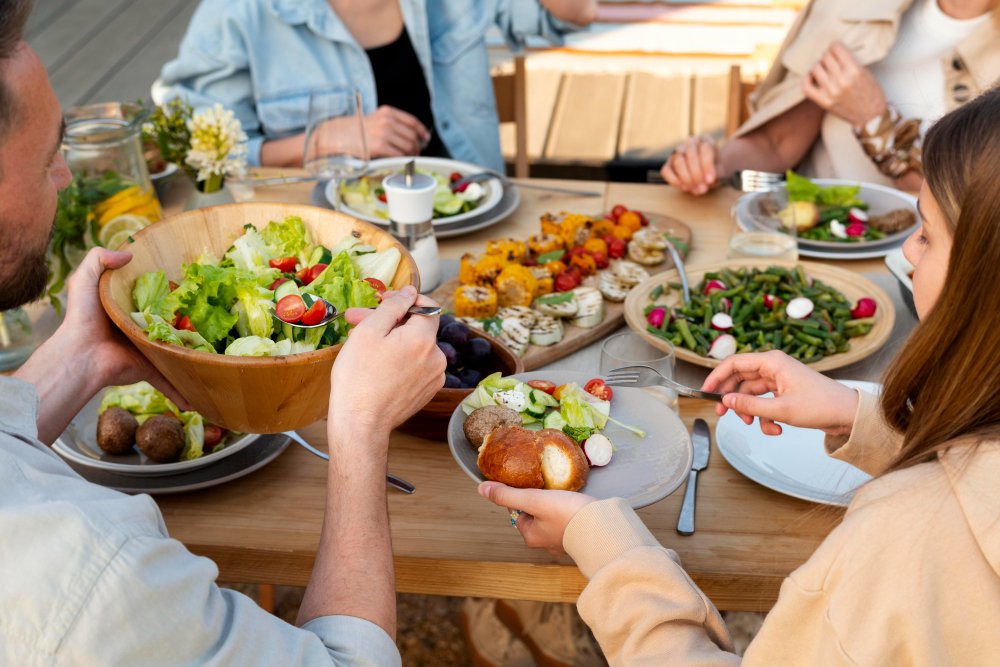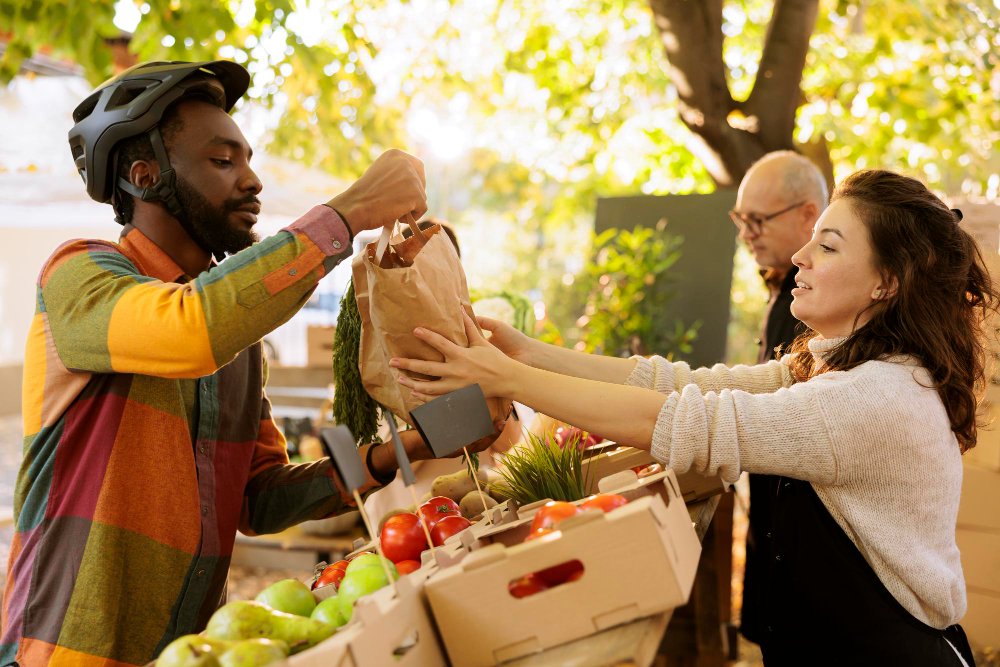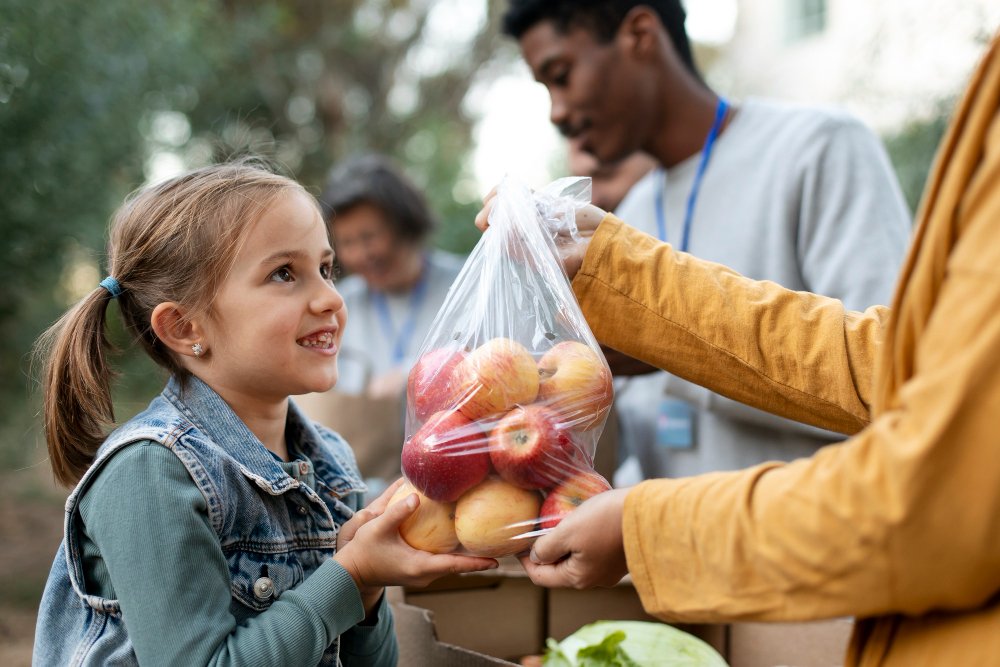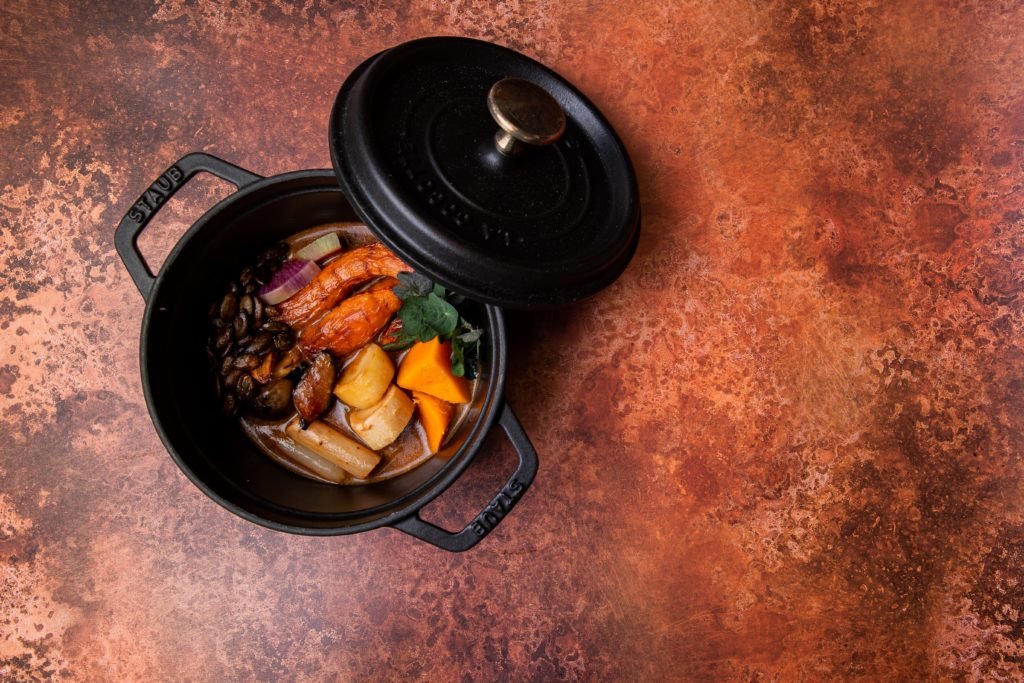Food and Community: How Meals Bring People Together

Food has always been a fundamental part of human civilization, not just for survival but as a means of fostering relationships, strengthening communities, and preserving cultural heritage. Whether through family dinners, festive celebrations, or casual gatherings, meals create a sense of unity and belonging. In today’s fast-paced world, the power of food to connect people remains stronger than ever.
The Cultural Significance of Food in Building Communities
1. The Role of Food in Different Cultures
Every culture has its unique food traditions that bring people together. Some notable examples include:
- Italian Family Dinners: Italians emphasize communal dining with dishes like pasta, risotto, and antipasti served family-style.
- Japanese Kaiseki Meals: A traditional multi-course meal that represents harmony and balance.
- Indian Festivals and Feasts: Celebratory meals such as Diwali sweets or Eid biryanis symbolize joy and togetherness.
- American Thanksgiving: A feast centered around turkey, stuffing, and pumpkin pie, reinforcing family bonds.
2. Street Food as a Social Connector
Street food markets around the world serve as hubs for social interaction, where locals and tourists alike gather to enjoy affordable and authentic dishes. Popular street food destinations include:
- Thailand’s Night Markets: Famous for Pad Thai, mango sticky rice, and grilled satay skewers.
- Mexico’s Taco Stands: A go-to spot for socializing while enjoying tacos al pastor or tamales.
- Morocco’s Food Stalls in Marrakech: Offering flavorful tagines, harira soup, and fresh mint tea.

Food and Social Gatherings: Bringing People Closer
1. The Power of Shared Meals
Sharing meals fosters deeper connections, whether among family, friends, or strangers. Some ways meals strengthen relationships include:
- Family Dinners: Encouraging open communication and bonding.
- Work Lunches: Strengthening workplace relationships and teamwork.
- Holiday Feasts: Creating cherished memories through shared traditions.
2. The Rise of Food Festivals and Events
Food festivals bring together diverse communities, showcasing local cuisines and international flavors. Some of the biggest food events include:
- Oktoberfest (Germany): Famous for beer, bratwurst, and pretzels.
- Taste of Chicago (USA): A food lover’s paradise featuring deep-dish pizza and barbecue ribs.
- La Tomatina (Spain): A fun-filled tomato-throwing festival combined with local delicacies.
Food and Technology: How the Digital Age is Changing the Way We Connect Over Meals
1. The Rise of Virtual Dinner Parties
With digital connectivity, people can now share meals virtually. Platforms like Zoom and FaceTime allow families and friends to dine together despite being miles apart.
2. Food Blogging and Social Media Influence
Social media has transformed food culture, making meals more than just nourishment. Popular food influencers and trends include:
- Instagram Food Trends: Viral dishes like cloud bread, whipped coffee, and rainbow bagels.
- TikTok Recipe Challenges: Engaging cooking videos such as feta pasta or sushi bakes.
- YouTube Cooking Channels: Home chefs showcasing diverse cuisines and easy recipes.
The Emotional and Psychological Impact of Food in Social Settings
1. Comfort Food and Emotional Well-being
Certain foods provide emotional comfort and nostalgia. Examples include:
- Mac and Cheese (USA): A childhood favorite that brings warmth and joy.
- Chicken Soup (Various Cultures): A go-to meal for healing and relaxation.
- Chocolate and Desserts: Often associated with happiness and celebrations.
2. Food as a Form of Love and Care
Cooking for others is one of the most universal expressions of love. Whether it’s a mother preparing a home-cooked meal or a friend baking cookies, food symbolizes affection and care.

The Future of Food and Community: Trends for 2025
1. The Rise of Plant-Based and Sustainable Eating
Sustainability is becoming a crucial aspect of food culture. Trends include:
- Plant-Based Diets: Increasing demand for vegan and vegetarian options.
- Farm-to-Table Movement: Emphasizing fresh, locally sourced ingredients.
- Zero-Waste Cooking: Reducing food waste through creative recipes.
2. The Growth of Community Gardens and Urban Farming
More communities are adopting urban farming to promote self-sufficiency and sustainability. Benefits include:
- Strengthening Neighborhood Bonds: People working together to grow food.
- Healthier Eating Habits: Access to organic, fresh produce.
- Educational Opportunities: Teaching kids and adults about agriculture.
3. The Evolution of Food Delivery and Group Dining Experiences
Food delivery services and communal dining experiences are evolving to match modern lifestyles. Trends include:
- Cloud Kitchens: Restaurants with no physical storefronts, focusing solely on delivery.
- Communal Dining Spaces: Restaurants offering large tables for shared meals.
- Meal Subscription Boxes: Providing curated meal kits for busy households.
Why Food Will Always Be a Uniting Force
Food is more than sustenance; it’s a bridge that connects people across cultures, traditions, and generations. Whether through home-cooked meals, street food adventures, or digital dining experiences, the communal power of food remains timeless.










